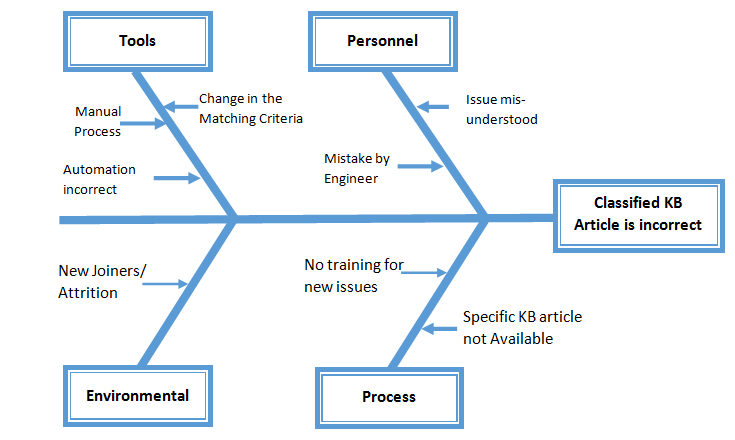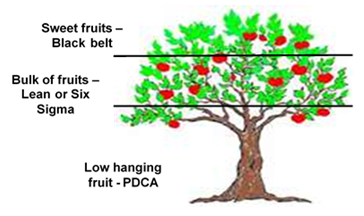'Six Thinking Hats' a tool created by Edward de Bono is an
important and powerful technique used for decision making. This tool helps in
thinking outside the normal styles and guides you to consider the rounded view
of a situation. This is a very simple technique and easy to use, effective
parallel thinking process that increased the productivity. This tool, once learned can be applied
immediately!
This technique is build based on the principle of parallel
thinking which means at any moment everyone is looking in the same direction
and the direction is been changed until we reach the decision.
Six Thinking Hats technique can be used in meetings targeted for
a critical decision making. Each hat is a different style of thinking as
explained below:
White Hat
·
Neutral and objective, Focus on the
available data
·
Learn from the information that is
available
·
Analyze past trends from historical
data
·
Exclude opinions, feelings etc.,
·
Questions
o What do we know? What is missing? What
would we want to know?
·
Facts can be of two levels
o Believed facts, Verified facts
Red Hat:
·
Emotional and angry
·
Look at problems using intuition, gut
feelings
·
Understand the responses of people
·
Don’t expect any logical reasoning’s
for the feelings and justifications
Black Hat:
·
Consider all the negative points
·
Be cautious and defensive
·
Make your plans 'tougher' and more
resilient
·
Spot flaws and risks before the actions
·
Logically negative – Why this won’t
work?
Yellow Hat:
·
Best case scenario
·
Benefits
·
Think positively
·
Have an optimistic viewpoint to see
the benefits
Green Hat:
·
New ideas, concepts, creative
solution
·
Alternative solutions
·
Growth and fertility
·
Stands for creativity
·
No criticism of ideas
Blue Hat:
·
Cool and sky above
·
Control the decision making process
·
Move Green hat in case we are running
out of ideas
·
Move to black hat in case of
contingency
·
Organizes the thinking
How to use the hats:
·
Use any hat as needed and it can be
more than once
·
Sequence can be decided before the
meeting or it can be evolved as we progress
·
Not necessary to use every hat for
each decision making situation
·
Keep the time under each hat as short
·
Ensure discipline from each person
and can have ground rules set before the meeting
·
This tool can be used by individuals
and groups
·
Most used scenario - Open with a blue
hat and end with blue hat
o
Open with blue hat
§
Why are we here? What are we thinking?
What is the objective
§
Definition of the problem/situation
§
End state, Background or context
§
Plan the hats sequence
o
End with blue hat
§
What did we achieved
§
Outcome/Conclusion
§
Solution/Next steps
Summary:
Blue – Control & Organization of
thinking process
White – Objective facts and numbers
Red – Emotions and feelings
Yellow – Hope, Positive
Green – Creative and lateral
Black – Careful and cautious

















